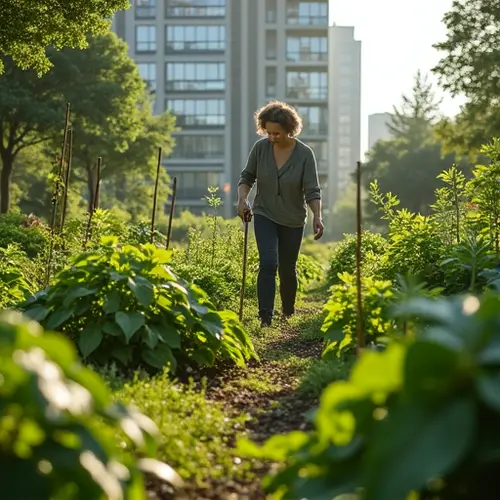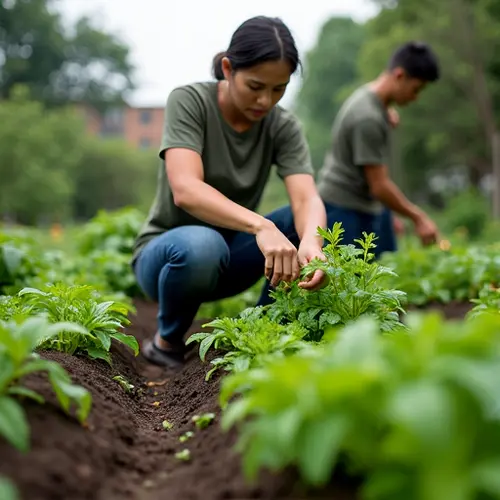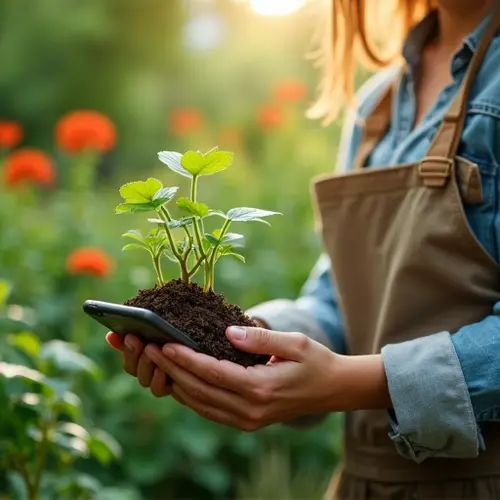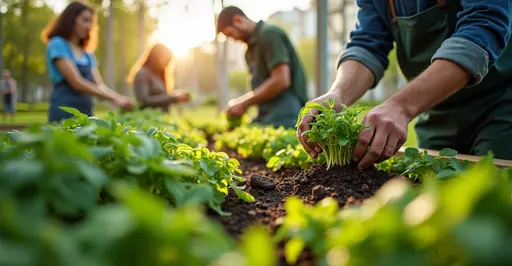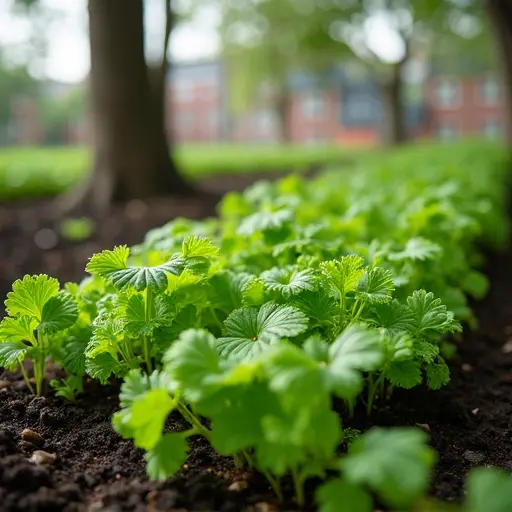
The Green Revolution in City Classrooms
Urban schools nationwide are transforming rooftops, courtyards, and vacant lots into thriving organic gardens. This hands-on environmental education trend is sprouting up in districts from New York to Los Angeles as educators discover the multiple benefits of getting students' hands dirty.
More Than Just Gardening
These aren't just pretty patches of vegetables. According to University of Florida research, school gardens serve as living laboratories where students learn:
- Biology through observing plant life cycles
- Nutrition by growing and tasting fresh produce
- Environmental science through composting systems
- Math skills when measuring growth and harvest yields
"Our garden has become the heart of our school," says Maria Rodriguez, principal at Brooklyn's PS 84. "Students who struggled in traditional classrooms thrive when learning becomes tangible."
Health and Community Impact
Studies show students in gardening programs consume 40% more fruits and vegetables. Schools in food deserts especially benefit, with many incorporating harvests into cafeteria meals. The USDA's Urban Agriculture grants have supported over 200 school programs since 2023.
Beyond nutrition, these spaces foster social connections. At Chicago's Southside High, their garden hosts:
- Intergenerational planting days with seniors
- Vegetable exchanges with neighboring schools
- Mental health circles in the garden's quiet corners
Overcoming Urban Challenges
Urban gardening faces unique hurdles:
- Soil Safety: Many schools use raised beds to avoid contaminants
- Space Limits: Vertical gardens and hydroponics maximize small areas
- Summer Care: Student interns and community volunteers maintain gardens
As climate education gains urgency, these gardens offer practical lessons in sustainability. "When students grow kale they nurtured from seed," notes Portland educator James Wong, "they develop a lifelong connection to our planet."

 Nederlands
Nederlands English
English Français
Français Deutsch
Deutsch Español
Español Português
Português



